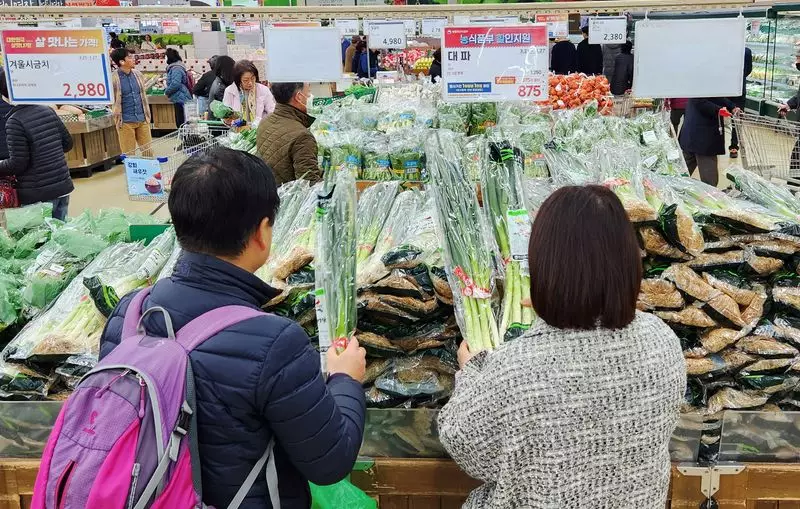South Korea’s economy has once again demonstrated resilience as it likely resumed growth in the last quarter following a slight contraction in the previous period. Economists predict that the country, which stands as Asia’s fourth-largest economy, experienced a seasonally adjusted growth rate of 0.5% in the third quarter of the year. This recovery comes after a surprising 0.2% contraction during the April to June timeframe, highlighting a potentially pivotal shift in economic sentiment.
One of the key drivers behind the anticipated growth is robust export activity. A survey of economists anticipates a 2.0% annual growth in the economy during the last quarter, up from 2.3% in the previous one. The strong demand for South Korean exports, particularly in the semiconductor sector, primarily fueled this optimism. Monthly exports saw an impressive average growth of nearly 10% this year up to September, indicating a solid reliance on international markets, especially from the United States, which served as a significant customer for its semiconductor products.
Domestic Demand Struggles
However, this export success comes as a backdrop to concerning domestic demand trends. High borrowing costs, exacerbated by some of the highest household debt levels in the developed world, have taken a toll on South Korean consumers. Various high-frequency indicators signal sluggish domestic demand, as illustrated by tepid retail sales and construction outputs. Analysts like Khoon Goh from ANZ emphasize that while exports have remained strong, the overall growth picture appears lackluster due to these domestic pressures.
To mitigate the challenges posed by high borrowing costs and to bolster domestic consumption, the Bank of Korea (BOK) recently initiated a reduction in its policy rate by 25 basis points from a 15-year high of 3.50%. Despite this adjustment, expectations suggest that the BOK will hold its current stance for the remainder of the year and may only consider more substantial cuts moving into next year. This approach indicates a cautious strategy as policymakers are wary of potential repercussions in the housing market. Economists predict the BOK’s efforts may lead to a modest rebound in GDP, yet significant increases in economic growth remain uncertain.
Global Factors Affecting Growth
Beyond internal factors, South Korea’s economic prospects are further complicated by external conditions. Slowing demand from major trading partners, including China, Japan, and India, has added to the pressure on South Korea’s export-driven economy. With an uneven recovery in China and a deceleration of the U.S. economy, the global landscape undeniably shapes South Korea’s growth trajectory.
As South Korea moves forward, its economic growth is projected to average around 2.4% for the year, aligning with downward revisions from the central bank. While current growth data may look promising on the surface, a comprehensive view reveals significant vulnerabilities, particularly in domestic consumption and reliance on external trade. The delicate balance between fostering export growth and boosting domestic demand will be crucial for the nation as it navigates an uncertain economic future.

